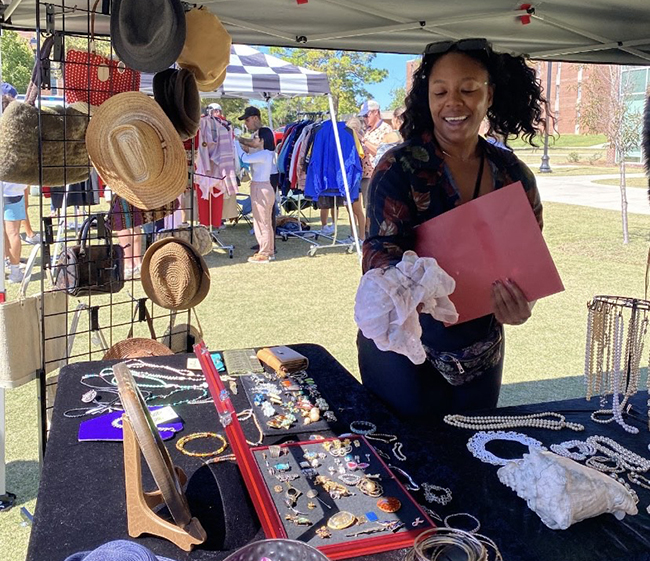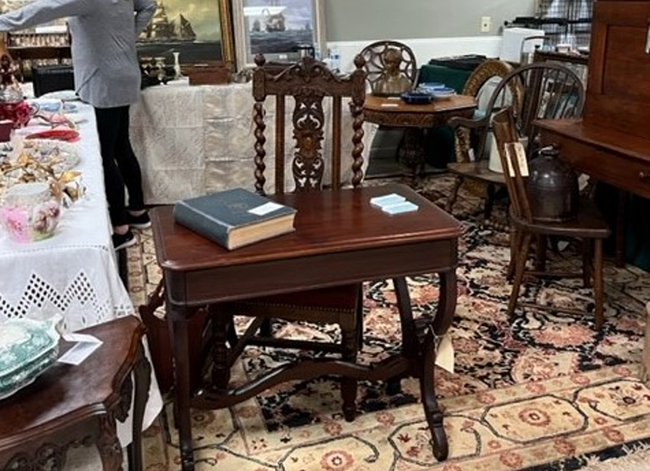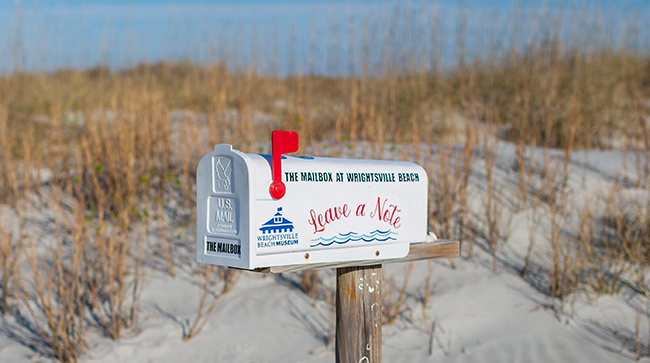Wilmington's Vision Quest
03 Jul 2024
Collaborative planning aims to shape a vibrant and inclusive future for downtown neighborhoods
By Jen Reed
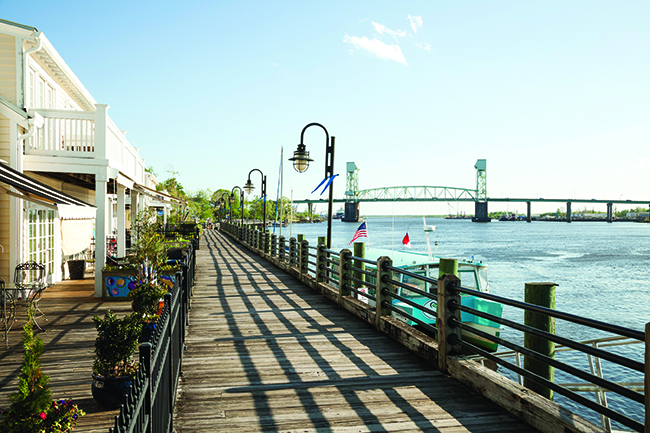
The City of Wilmington is inviting public participation to shape the future development of its downtown area through the “Greater Downtown Special Area Plan.” This initiative aims to manage projected growth within downtown Wilmington and its 17 surrounding neighborhoods, including Southside, Northside, Love Grove, and the Soda Pop District.
The plan's primary goal is to capture the community’s vision for greater downtown and identify specific actions and recommendations to achieve that vision. Scheduled for completion in winter 2025, the plan will provide city staff with innovative ideas that align with the existing Create Wilmington Comprehensive Plan. This effort will update and replace previous vision plans, such as the Northside and Southside Small Area Plan, and the Vision 2020 plan, which focused on infrastructure enhancement, code enforcement, and redevelopment opportunities over the past 20 years.
Public engagement is integral to the planning process, with efforts to gather insights through online surveys and pop-up events at community gatherings, such as farmers markets and roller-skating rinks. The city aims to reach people where they are to ensure broad and inclusive participation.
To facilitate public engagement, the city’s planning and development department has established a 23-person steering committee. This committee includes community members such as a law enforcement officer, a fire department representative, and members from area businesses and faith-based organizations. There are also 11 vacancies open for community-at-large applicants, encouraging widespread involvement. This committee will lead public participation efforts and manage community feedback throughout the planning process.
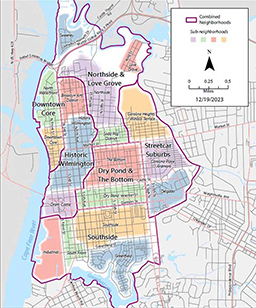
Planning the Work, Working the Plan
The project, led by Agency Planning + Consulting, a Massachusetts-based firm, is divided into six areas, each overseen by different contracted agencies:
• Environmental considerations and land-use planning
• Transportation systems and analysis
• Housing and community development
• Small business retention and retail corridors
• Market conditions and opportunities
The plan will emphasize key areas such as affordable housing, transportation, equity, identity and belonging, environmental assets, historic neighborhoods and architecture, and managing growth. Placemaking, which focuses on designing public spaces to improve community engagement and public health, is also a significant aspect of the plan.
Giving Diversity A Voice in the Process
In addition to the steering committee, a seven-person implementation committee, comprising city staff and a city council member, has been formed to ensure that the plan's recommendations are both aspirational and feasible. This committee will play a crucial role in identifying challenges and devising solutions to bring the plan’s suggestions to life.
Following the plan’s finalization, community input will remain an essential part of its application. The plan will provide guidance for all city departments and inform future collaborations, including estimated project costs and funding mechanisms to support its execution.
The planning process began in 2022 with initial community engagement sessions. The final plan will supplement the city’s Create Wilmington Comprehensive Plan and aims to foster a collaborative vision for the downtown area and its surrounding neighborhoods.
The committee is organized into six main areas to ensure manageable representation:
• Downtown Core
• Historic Wilmington
• Northside and Love Grove
• Dry Pond and The Bottom
• Southside
• Streetcar Suburbs
City staff recommend the committee include five community organization representatives, including two members from faith-based groups, one from the Arts Council of Wilmington and New Hanover County, one from the Historic Wilmington Foundation, and one from the city's Commission on African American History.
Six members will represent business and development stakeholders, including Wilmington Downtown Inc., the Downtown Business Alliance, an affordable housing developer, and three developers working in emerging districts around downtown. Additionally, the committee will have two public safety members—one from the fire department and one from the police department—and four representatives from Cape Fear Community College, New Hanover County Schools, North Carolina Ports, and the Wilmington Housing Authority.
An implementation committee will provide oversight to ensure the final plan is both feasible and aspirational. This committee will include one city council member and representatives from the city manager’s office, planning department, parks and recreation, housing and neighborhood services, the Wilmington Police Department, and downtown coordination and parking.
As the city advances this ambitious project, public participation remains at the forefront, ensuring that the Greater Downtown Special Area Plan reflects the collective vision and needs of the Wilmington community. By prioritizing community engagement, the city aims to create a vibrant, inclusive, and sustainable downtown that meets the aspirations of its residents and stakeholders.
Participation among residents of the community is not limited to those living in downtown Wilmington. The goal is to gain a broad perspective and ideas that will not only serve the current generation, but serve as a catalyst for future growth in the area. Anyone interested in getting more information, participating in the steering committee, or answering any survey questions, visit
tinyurl.com/greater-downtown-plan.


